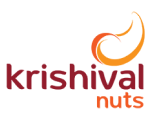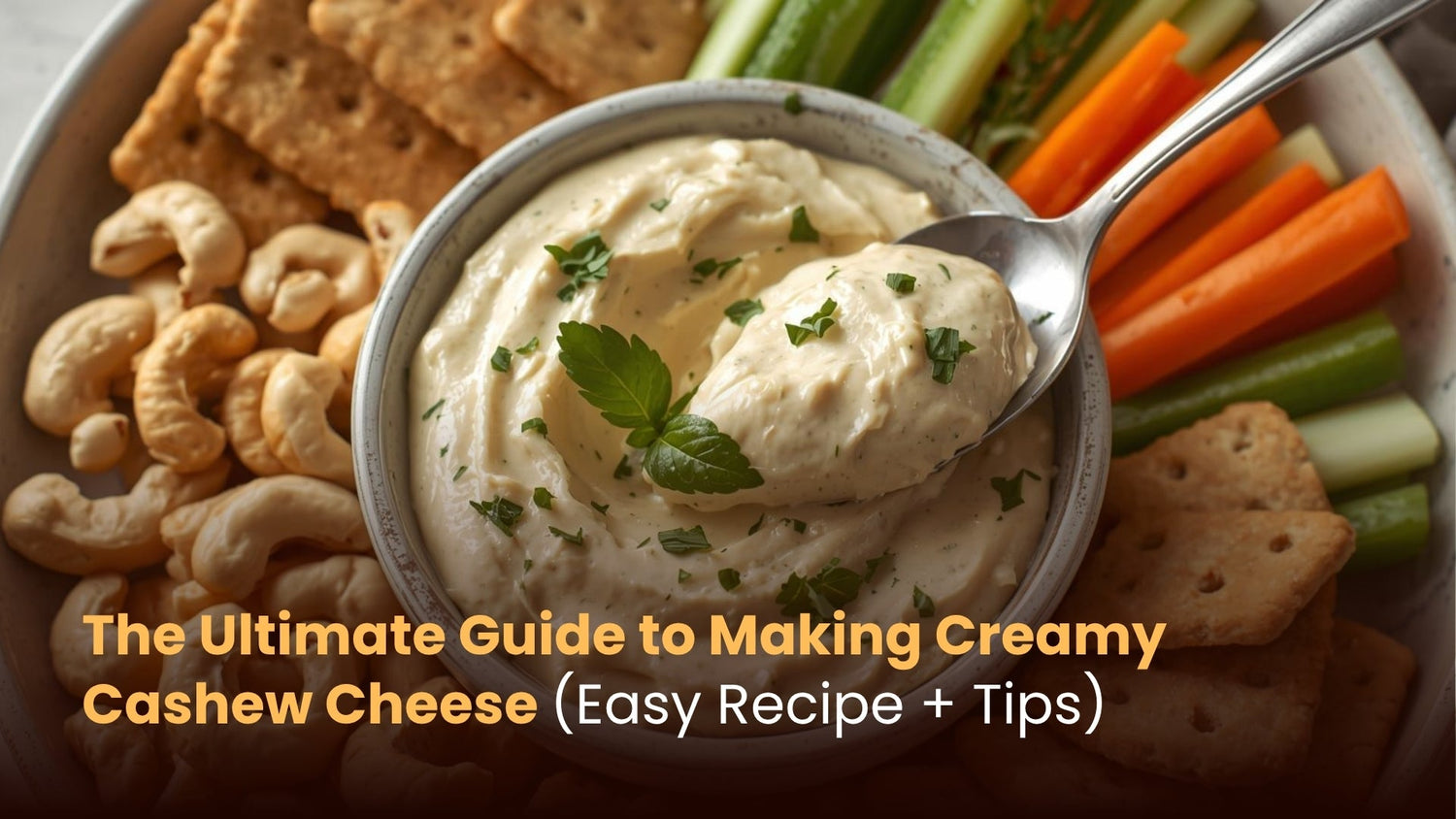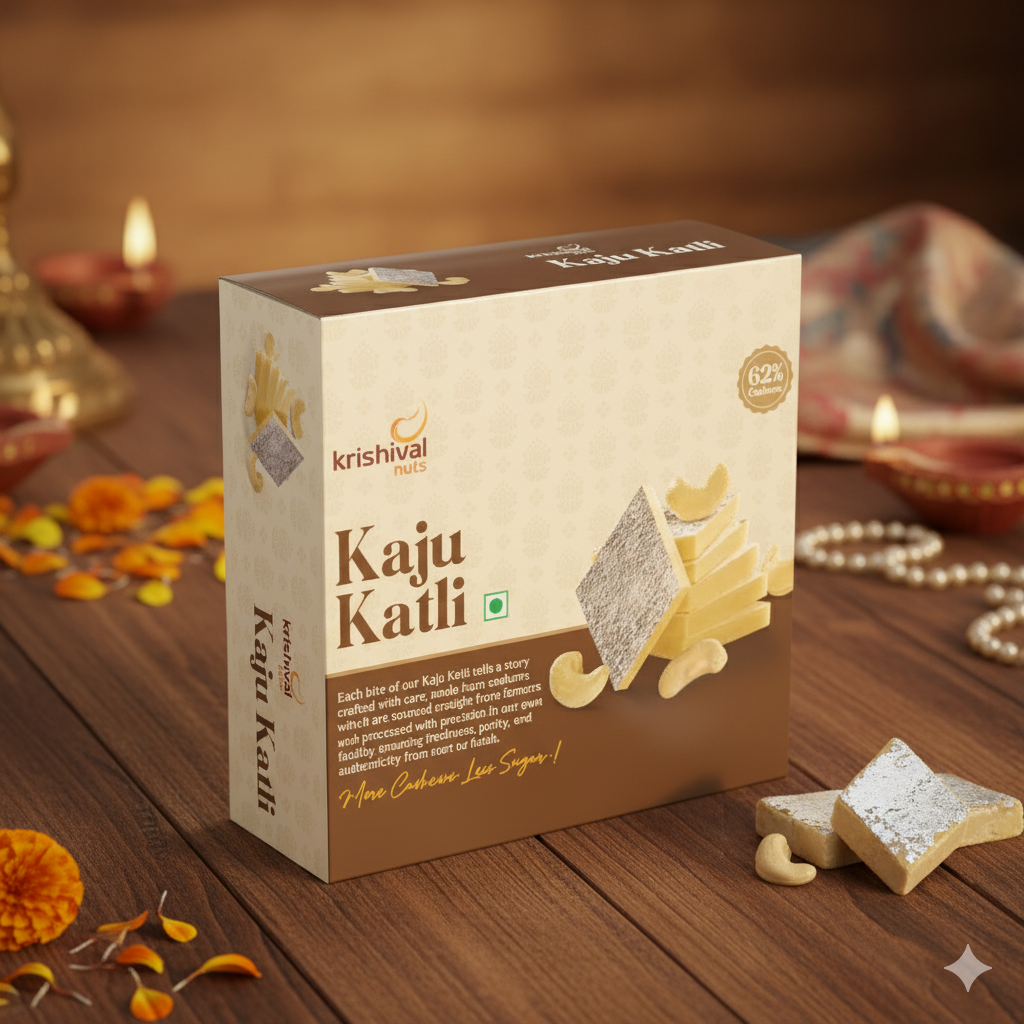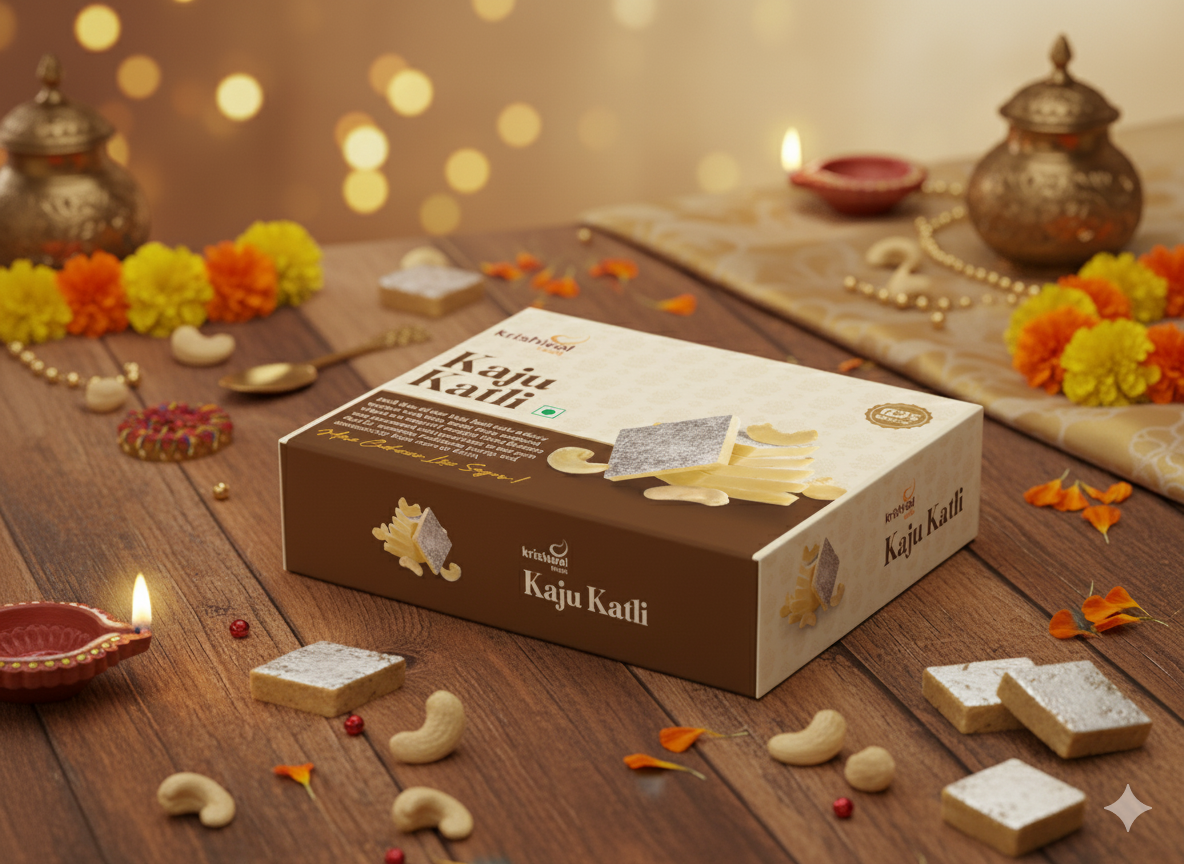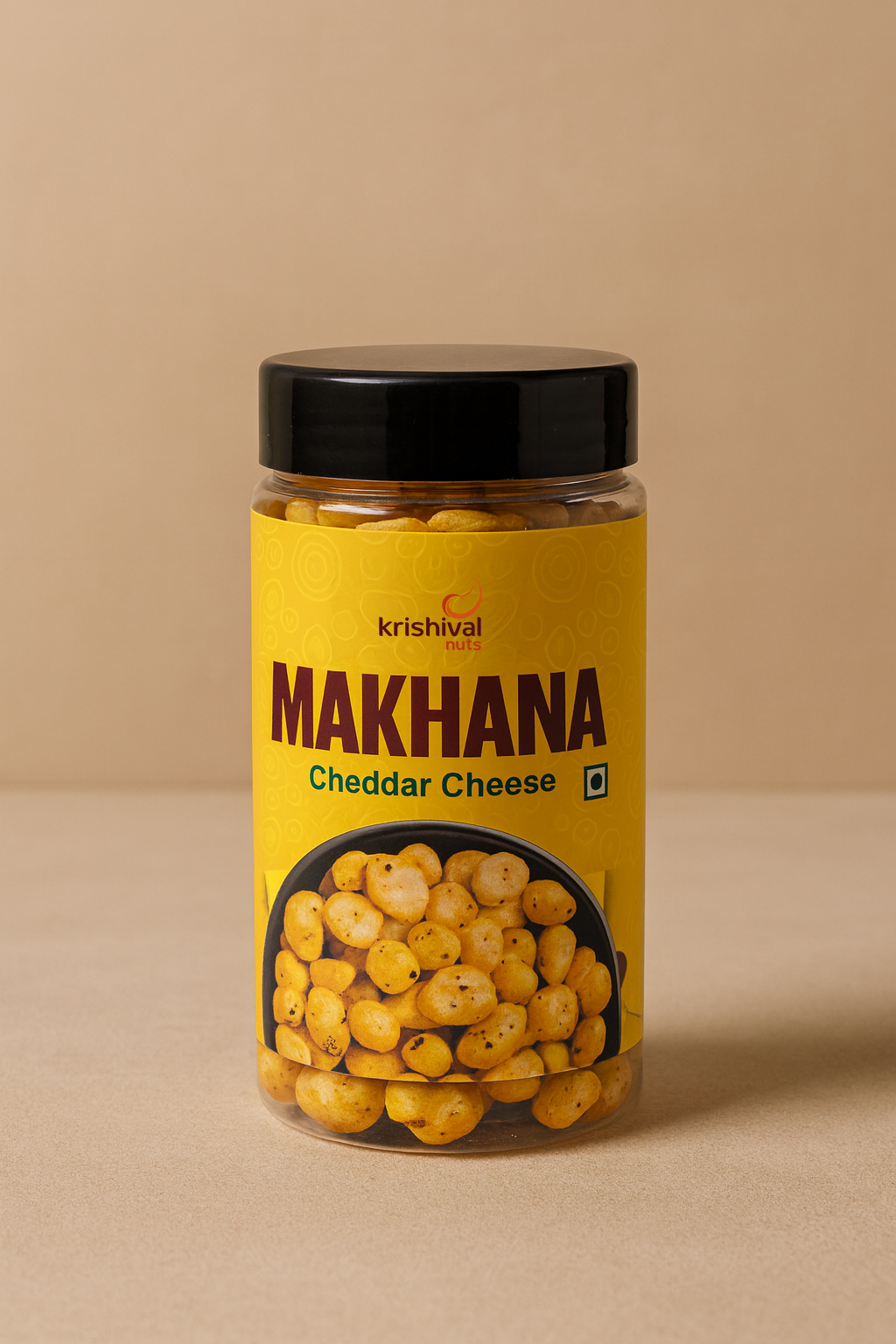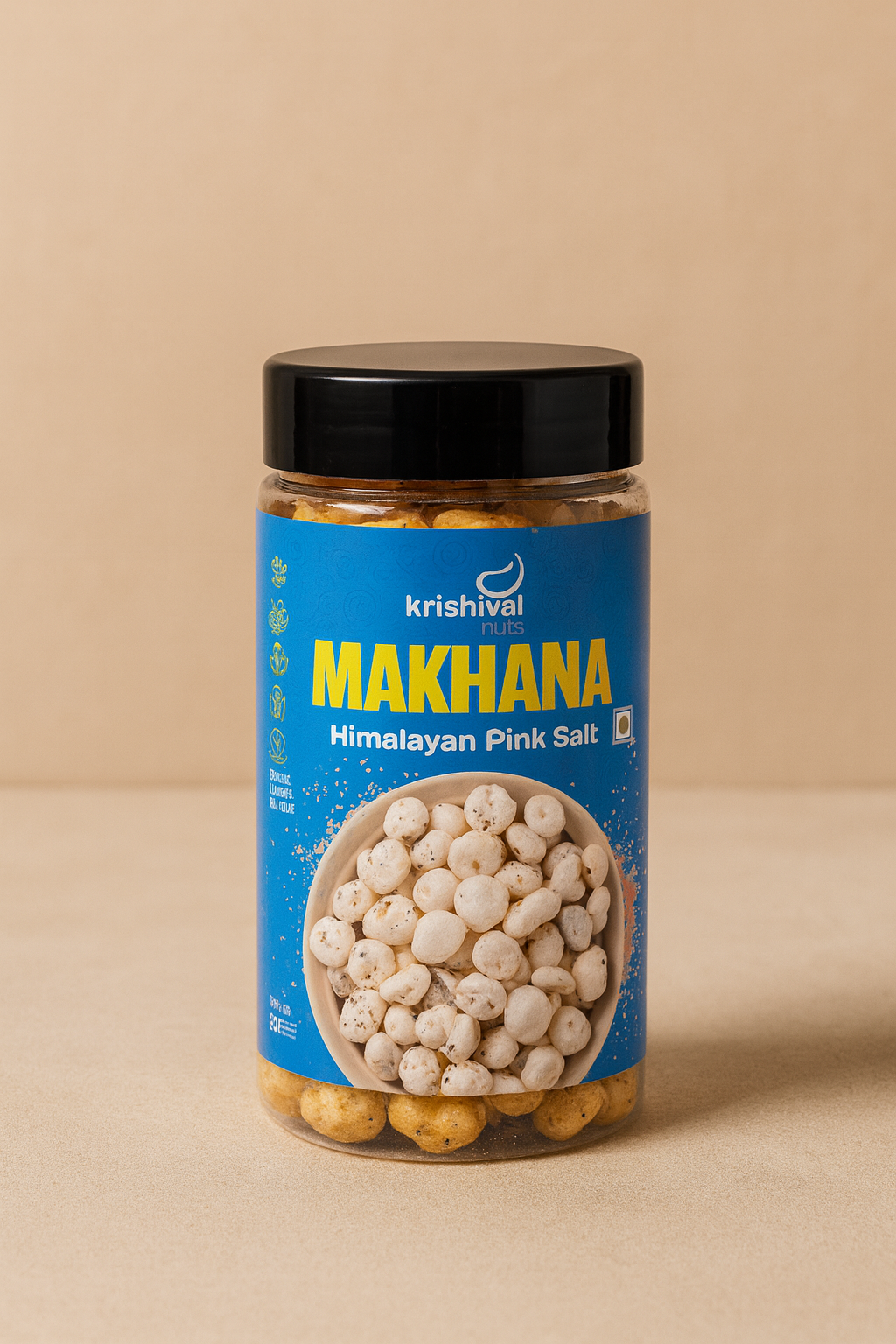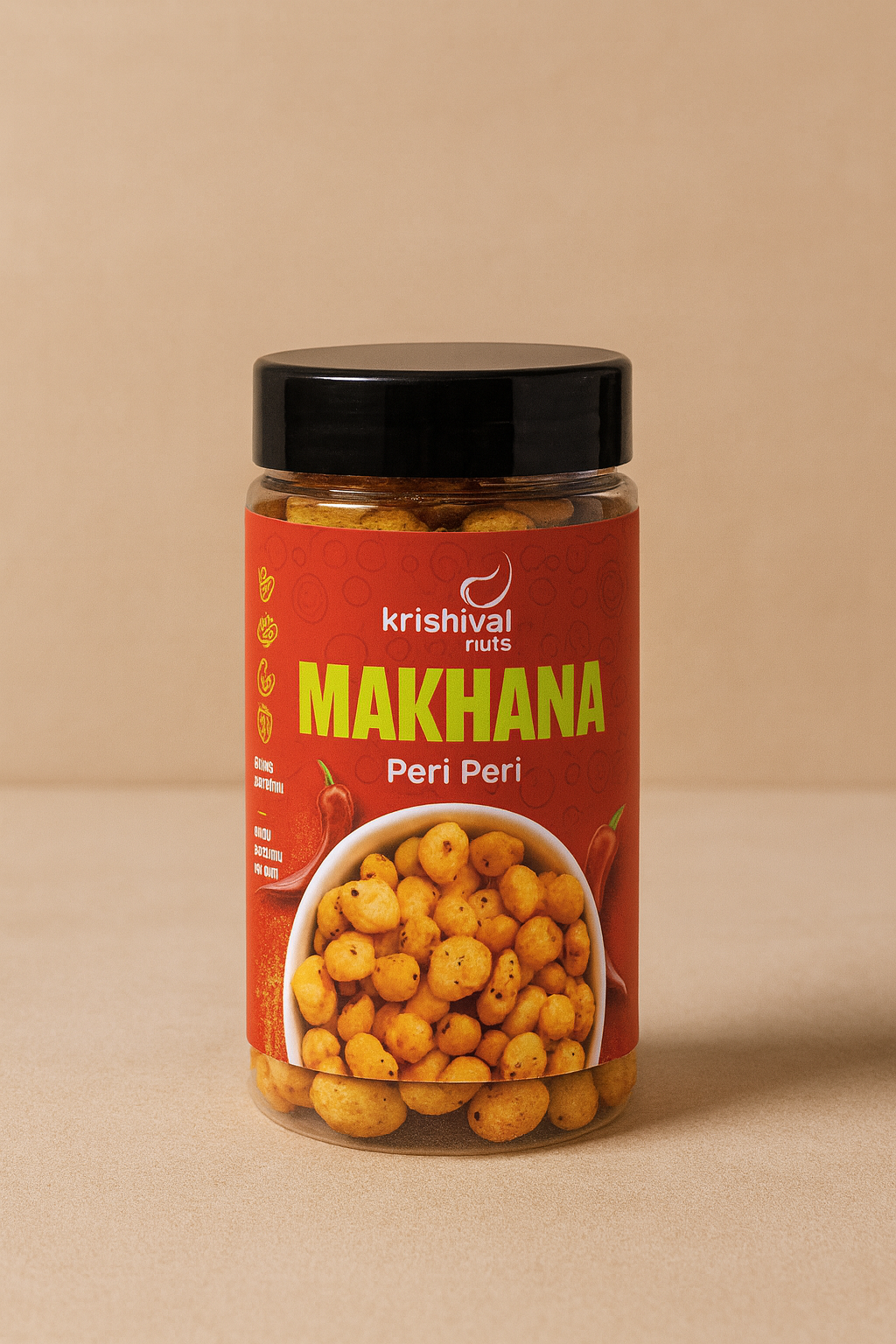This easy cashew cheese recipe helps anyone create the creamiest, dreamiest dairy-free cheese with just a few simple ingredients. You will learn how to whip up a fantastic vegan cheese that's perfect for dipping, spreading, and more. This guide also provides expert tips for different flavors and quick troubleshooting. By [Author Name], a passionate home cook and vegan recipe developer.
[Jump to Recipe]
Why You'll Love This Homemade Cashew Cheese
This homemade cashew cheese recipe is a standout for many delicious reasons. It's a perfected recipe, tested to guarantee a great result every time you make it. People love this plant-based cheese because it is versatile and easy to make.
- Incredibly Creamy: This method guarantees a silky smooth texture that rivals any dairy-based cheese spread.
- Simple and Fast: You only need a handful of basic ingredients and a few minutes of active prep time.
- Endlessly Versatile: You can use it as a dip for vegetables, a spread for sandwiches, or a creamy base for pasta sauces.
- Healthy and Wholesome: This dairy-free cheese is packed with healthy fats and wholesome ingredients.
- Budget-Friendly: Making your own vegan cheese is much more affordable than buying pre-made options from the store.
Essential Ingredients & Equipment
This cashew cheese recipe uses simple items that are easy to find. Gathering your cashew cheese ingredients and tools beforehand makes the whole process smooth and quick.
Ingredients
The ingredients for cashew cheese are chosen for their specific jobs in creating the perfect flavor and texture.
- Raw Cashews: These form the base. It is important to use raw, unsalted cashews because they have a neutral flavor that doesn't taste "roasted." Broken cashew pieces are a great choice as they are often cheaper and blend just as well.
- Nutritional Yeast: This is the secret to a cheesy flavor. It provides a savory, umami taste without any dairy.
- Lemon Juice: Fresh lemon juice adds a bright, tangy flavor that mimics the sharpness of traditional cheese.
- Garlic Powder & Salt: These are for flavor. Garlic powder adds a savory depth, while salt enhances all the other tastes.
- Water: This helps everything blend into a smooth, creamy consistency.
Equipment
You don't need fancy tools to make cashew cheese. What you need for cashew cheese is one main appliance.
- High-Speed Blender or Food Processor: Either of these will work to break down the cashews. A high-speed blender will give the smoothest result, while a food processor yields a slightly thicker texture.
- Spatula: This is essential for scraping down the sides of the blender or processor bowl.
The Great Soaking Debate: How to Prepare Your Cashews
Soaking cashews for cheese is a very important step. This preparation is what transforms hard nuts into a creamy base. It makes them soft and easy to blend into a perfectly smooth final product.
Why Soaking is Non-Negotiable for Creaminess
Soaking cashews for cheese does more than just soften them. The process helps break down phytic acid, which can make the nuts easier to digest. Most importantly, fully hydrated cashews are the key to achieving a silky, lump-free texture. If you skip this step, the cheese might end up with a grainy consistency, which nobody wants.
Soaking Method Comparison
How to soak cashews fast depends on how much time you have. There are two reliable methods to get your cashews ready for blending.
|
Method |
Time Required |
Process |
Best For |
|
Overnight Soak |
6-8 hours |
Cover cashews completely in cold water and leave them on the counter. |
Achieving the absolute creamiest result when you plan ahead. |
|
Quick Soak |
15-20 mins |
Cover cashews with boiling water and let them sit. |
Last-minute cheese cravings when you need it fast. |
How to Make Cashew Cheese: A Step-by-Step Guide
The steps for how to make cashew cheese are incredibly simple. This cashew cheese recipe guides you through each action to ensure you get a smooth, creamy result every single time. It's a process of just soaking, draining, and blending.
- Soak the cashews using either the overnight or quick-soak method described earlier. This is the most crucial step for a creamy texture.
- Drain the cashews thoroughly and rinse them with fresh water. Discard the soaking water.
- Combine the soaked cashews, nutritional yeast, lemon juice, garlic powder, salt, and half of the water in a high-speed blender or food processor.
- Blend the mixture, starting on low speed and gradually increasing to high.
- Pulse the ingredients until a coarse meal forms first. Then, scrape down the sides of the container with a spatula to ensure everything is incorporated.
- Continue to blend, adding the remaining water slowly until the cheese becomes completely smooth and creamy. This may take a few minutes.
- Taste and adjust the seasoning if needed. You might want to add more salt for flavor or more lemon juice for tang.
Pro-Tip: For an ultra-smooth, velvety texture, blend the cheese for a full 2-3 minutes. Stop the blender every 30 seconds to scrape the sides. This prevents air pockets and makes sure every last bit is perfectly blended.
Achieving the Perfect Texture: Blender vs. Food Processor
Your choice between making cashew cheese in a blender or a cashew cheese food processor will affect the final texture. Both appliances work well, but they produce slightly different results. Knowing the difference helps you pick the right tool for the texture you want.
- Food Processor: Using a food processor creates a thicker, more textured cheese. The final consistency is often compared to a soft ricotta or a very smooth hummus. It’s perfect for a hearty spread or a thick dip.
- High-Speed Blender: A high-speed blender, like a Vitamix, produces a super-smooth, pourable, and creamy cheese. It can feel more like a rich cheese sauce. You might need to add a little more water to help it blend perfectly.
Flavor Variations: Beyond the Basics
These cashew cheese variations let you customize the base recipe. You can create spicy cashew cheese, herb cashew cheese, or something completely new. Adding different ingredients is an easy way to match the cheese to any dish or occasion.
Classic Flavor Boosters
Simple additions can elevate your cheese. For a classic Garlic & Herb flavor, stir in two tablespoons of freshly chopped chives or dill at the end. For a Smoked Cheddar style, add one teaspoon of smoked paprika and a half teaspoon of onion powder to the blender.
How to Make Cashew Cheese without Nutritional Yeast
You can make cashew cheese variations without nutritional yeast. To compensate for the savory flavor, add one tablespoon of white miso paste. This brings a deep, umami taste. A little extra onion powder or a teaspoon of tahini can also help create a more complex, savory flavor profile.
Indian-Spiced Cashew Cheese (A 'Desi' Twist)
To create a unique Indian-spiced cashew cheese, you can add some exciting flavors. Blend in a small handful of fresh mint and coriander for a fresh, vibrant taste. For a bit of tang and spice, add a pinch of chaat masala or a finely chopped green chili. This version is fantastic as a dip for samosas or as a spread on flatbread.
Common Problems & Troubleshooting (Your Questions Answered!)
This cashew cheese troubleshooting guide solves the most common issues people face. It's easy to fix problems when you know the cause.
Why is my cheese grainy?
If you ask, "why is my cashew cheese grainy?" the solution is usually simple. A grainy texture means the cashews were not soft enough or not blended long enough. Make sure you soak the cashews for the recommended time and blend for at least a few minutes, scraping the sides often, until it's perfectly smooth.
Why does it taste bitter?
To fix bitter cashew cheese, you first need to identify the cause. Bitterness often comes from using roasted cashews instead of raw ones. It can also happen if the cashews are old or have gone bad. Always use fresh, raw cashews for the best, most neutral flavor.
How do I thicken my cheese?
You can easily thicken your cashew cheese if it's too thin. Just add a few more soaked cashews and blend again. Alternatively, a tablespoon of tapioca starch will also help thicken it up when blended, giving it a slightly stretchier consistency.
How do I thin my cheese?
If your cheese is too thick for your liking, thinning it is very easy. Add more water, but do it just one tablespoon at a time. Blend the cheese after each addition until it reaches the exact consistency you want.
How to Store & Use Your Cashew Cheese
Knowing how to store your cashew cheese properly will keep it fresh and delicious. How long does cashew cheese last depends on how it is stored, but it holds up well for several days. It should always be kept in an airtight container in the refrigerator, where it will stay good for up to six days.
There are many wonderful uses for cashew cheese. It's an incredibly versatile food that works in many different meals.
- As a creamy dip for fresh veggies or crackers.
- Spread on toast or sandwiches for a rich, dairy-free layer.
- Dolloped onto a warm bowl of pasta.
- As a flavorful base for a homemade vegan pizza.
- Mixed into a creamy vegan mac and cheese.
Frequently Asked Questions (FAQ)
This cashew cheese FAQ section answers all the common questions about this recipe.
Can I freeze cashew cheese?
Yes, you can freeze cashew cheese. Store it in an airtight, freezer-safe container. The texture may change slightly upon thawing, becoming a bit thicker. Simply stir it well before using.
Is cashew cheese healthier than dairy cheese?
Cashew cheese is a healthy alternative. It is free of cholesterol and lactose and is made from whole, plant-based ingredients. It contains healthy monounsaturated fats.
Can I use roasted cashews instead of raw?
It's best to use raw cashews. Roasted cashews will give the cheese a "roasted nut" flavor instead of a neutral, cheesy one. They can also sometimes add a slightly bitter taste.
How many calories are in this cashew cheese?
The calorie count depends on the exact ingredients and serving size. However, it is primarily made of cashews, so it is a calorie-dense food that should be enjoyed as part of a balanced diet.
What is nutritional yeast and is there a substitute?
Nutritional yeast is a deactivated yeast with a savory, cheesy flavor. If you don't have it, you can substitute it with a tablespoon of white miso paste for a similar umami depth.
How can I make this cheese sliceable?
To make a firm, sliceable cheese, you need a gelling agent. Add two tablespoons of agar-agar powder to the mixture, heat it on the stove until it thickens, then pour it into a mold to set in the fridge.
Can I make this nut-free?
For a nut-free version, you can substitute the cashews with raw sunflower seeds or an equal amount of cooked white beans (like cannellini beans). The flavor and texture will be different but still delicious.
What does cashew cheese taste like?
Cashew cheese tastes creamy, tangy, and savory. Its flavor is mild with a cheesy-like richness from the nutritional yeast and a slight tang from the lemon juice.
Is this recipe gluten-free?
Yes, this cashew cheese recipe is naturally gluten-free. All the core ingredients are free of gluten.
How much cheese does this recipe make?
This recipe yields approximately 1.5 to 2 cups of cashew cheese, depending on how much water you add.
Conclusion: Your New Go-To Cheese!
So there you have it! This cashew cheese recipe is your new secret weapon in the kitchen. It proves that making creamy, flavorful, and versatile vegan cheese at home is not only possible but also incredibly easy. You can now whip up a batch anytime you need a delicious spread, dip, or sauce.
We'd love to hear how it turned out for you. Leave a comment and a rating below
